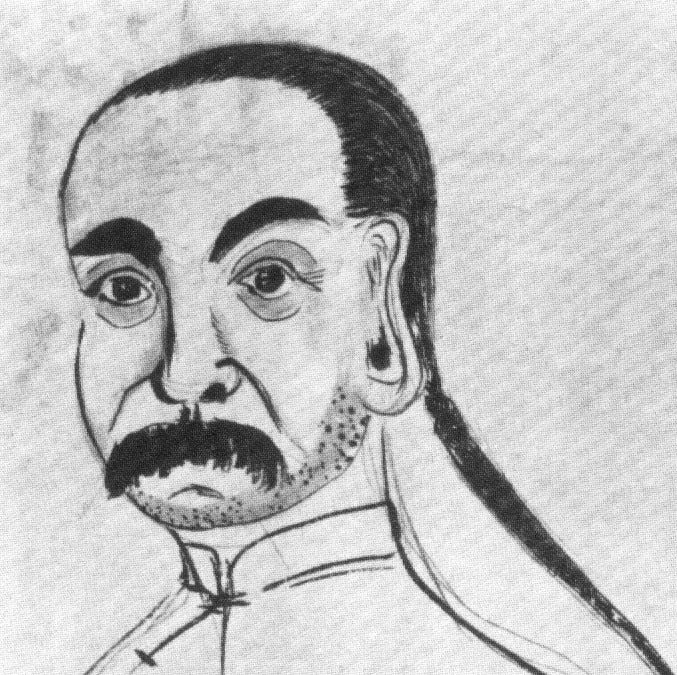This Week in China's History: Eight Trigrams Rebellion Attacks the Forbidden City
October 9, 1813
It was the 9th of October, 1813 — a date that would have been known as the 15th day of the 9th month of the 17th year of the Jiaqing reign. It’s been a while since I nodded to the conventions used for assigning and converting dates, but I wrote about it in more detail in a previous column on Yue Fei.
In any event, just as that day was dawning, two eunuchs in the employ of the imperial household left their quarters and slipped out of the Forbidden City, passing through the Donghua Gate in the southeastern corner of the palace complex. There, they joined Chen Shuang 陈爽, the leader of a group of about 60 men who were scattered across tea and wine shops in the area. Chen and the two eunuchs exchanged a few words, went over the details of some plans, and waited, sipping wine.
The hour was early for wine, but they could be forgiven under the circumstances: the plans they were reviewing were for nothing less than the overthrow of the Qing dynasty that had ruled China for more than 150 years. They were to be the culmination of the Eight Trigrams rebellion, an uprising that had been organizing for months an invasion of cities across north China, including Beijing, with the assault on the Forbidden City as its centerpiece. The men gathered near the Donghua gate were hiding banners and weapons while they breakfasted. On a signal from their leader at noon, they readied their weapons and made their way to the gate itself, its enormous doors open, tended by more than a dozen guards. Led by the two eunuchs, Liu Decai 刘得财 and Liu Jin, the would-be invaders began their attack.
Keep reading with a 7-day free trial
Subscribe to Sinica to keep reading this post and get 7 days of free access to the full post archives.




